Arata Isozaki, distinguished Japanese architect, city planner and theorist, has been selected as the 2019 Laureate of the Pritzker Architecture Prize, the award that is known internationally as architecture’s highest honor.
Lauded as a visionary amongst his international contemporaries, Isozaki’s forward-thinking approach, deep commitment to the “art of space,” and transnational methodology have been evidenced since the 1960s. The prolific architect has been credited with facilitating dialogue between East and West, reinterpreting global influences within architecture, and supporting the development of younger generations in the field. His precision and dexterity are demonstrated through his mastery of an intercontinental range of building techniques, interpretation of site and context, and intentionality of details.
The 2019 Jury Citation states, in part, “Possessing a profound knowledge of architectural history and theory, and embracing the avant-garde, he never merely replicated the status quo, but his search for meaningful architecture was reflected in his buildings that to this day, defy stylistic categorizations, are constantly evolving, and always fresh in their approach.”
Isozaki’s early successes in architecture transpired during the era following the Allied occupation of Japan, when the country sought to rebuild itself after the ruins of the Second World War. “I wanted to see the world through my own eyes, so I traveled around the globe at least ten times before I turned thirty. I wanted to feel the life of people in different places and visited extensively inside Japan, but also to the Islamic world, villages in the deep mountains of China, South East Asia, and metropolitan cities in the U.S. I was trying to find any opportunities to do so, and through this, I kept questioning, ‘what is architecture?’,” recalls the Laureate.
'I wanted to see the world through my own eyes, so I traveled around the globe at least 10 times before I turned thirty. I wanted to feel the life of people in different places and visited extensively inside Japan, but also to the Islamic world, villages in the deep mountains of China, South East Asia, and metropolitan cities in the U.S. I was trying to find any opportunities to do so, and through this, I kept questioning, "What is architecture?"' — Arata Isozaki
Not only did he extend efforts to physically reconstruct his native hometown with buildings including Ōita Medical Hall (1959-60) and Annex (1970-1972 Ōita, Japan), and the Ōita Prefectural Library (1962-1966 Ōita, Japan, renamed Ōita Art Plaza in 1996), but also redefined mutual exchange between eastern and western societies, allowing Japanese vision to inform European and American design, particularly in the 1980s.
“Isozaki was one of the first Japanese architects to build outside of Japan during a time when western civilizations traditionally influenced the East, making his architecture—which was distinctively influenced by his global citizenry—truly international,” comments Tom Pritzker, Chairman of Hyatt Foundation. “In a global world, architecture needs that communication.”
His buildings appear geometrically simple, but are infused with theory and purpose. The Museum of Contemporary Art, Los Angeles (1981-1986 Los Angeles, United States) was the architect’s first international commission. Though controversial and geographically challenging, the red Indian sandstone building was resolved by Isozaki’s eloquent awareness of scale through an assemblage of volumes, while employing the golden ratio and yin yang theory throughout, evoking the complementary nature of western and eastern relationships.
Isozaki’s avant-garde approach is fluid, adjusting in response to the needs and influences of each environment through a concept of interrelated time and form called “ma.” Thoughtful connectivity between global universality and local identity is made apparent through his comprehensive cross-cultural and interdisciplinary solutions that reflect deep sensitivity to specific contextual, environmental and societal needs.
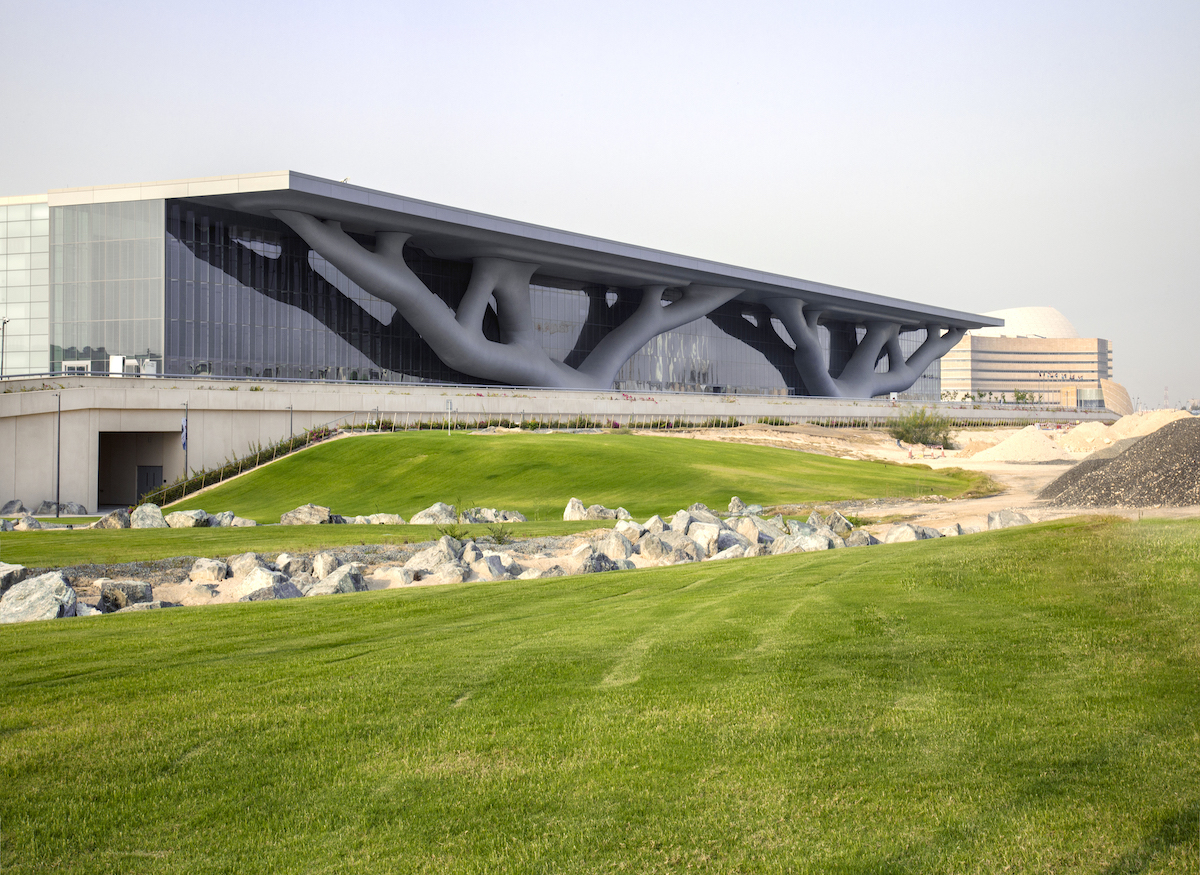 Qatar National Convention Center, photo courtesy of Hisao Suzuki
Qatar National Convention Center, photo courtesy of Hisao Suzuki
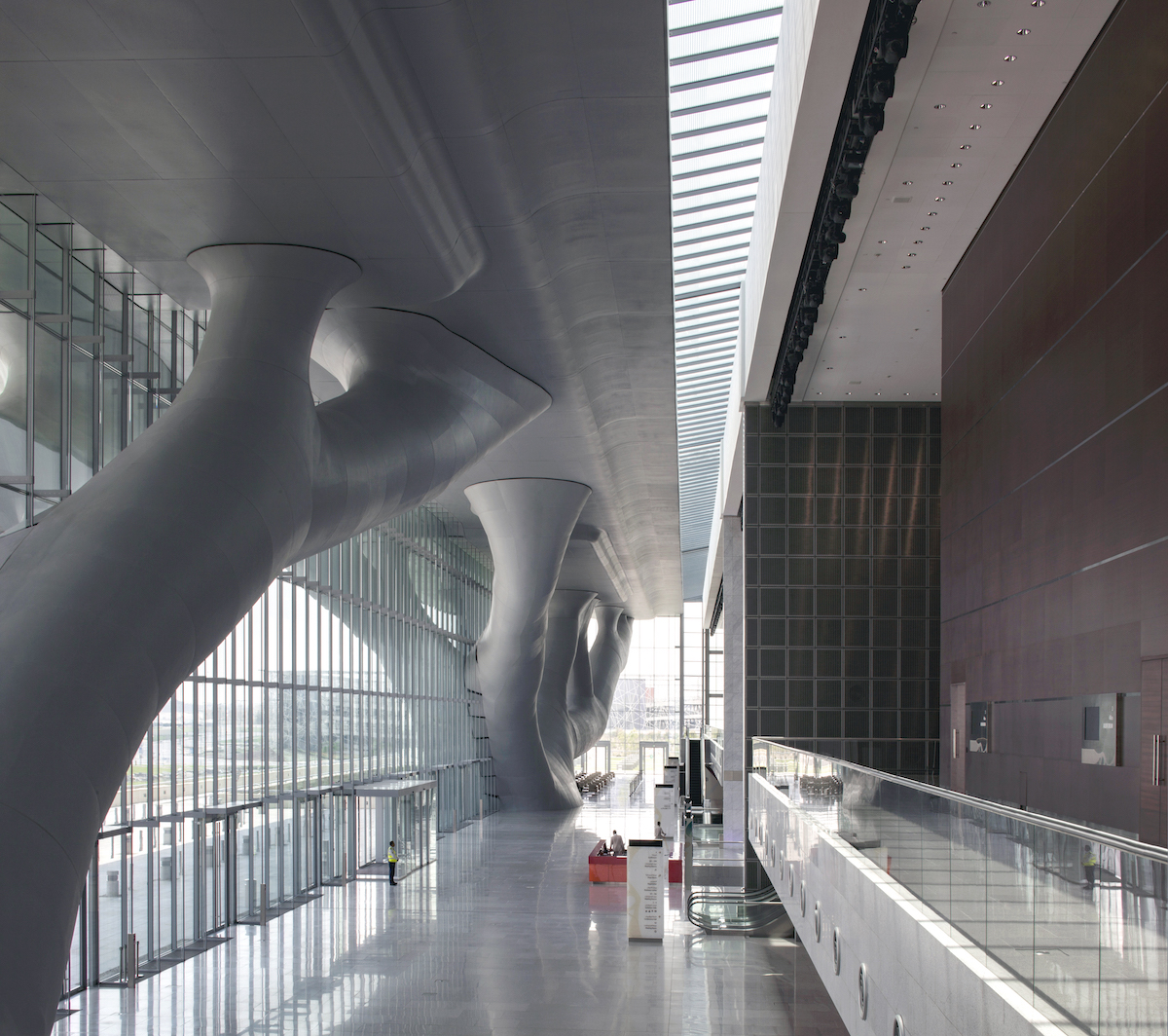 Qatar National Convention Center, photo courtesy of Hisao Suzuki
Qatar National Convention Center, photo courtesy of Hisao Suzuki
Ceramic Park Mino (1996-2002 Gifu, Japan), a ceramics museum situated in a cascading valley, preserves surrounding vegetation while serving as an extension of the topography through outdoor terraces, observation decks and overlooks, detailed with regional stoneware bricks and ceramic. Palau Sant Jordi (1983-1990 Barcelona, Spain), designed for the 1992 Summer Olympic Games, is positioned partially below ground to minimize the profile of the 17,000-person facility and instead highlight the surrounding Montjuïc hillside. The domed roof was built referencing Catalan vault techniques, while the sloped forms were inspired by those of Buddhist temples, and local materials including brick, tile, zinc and travertine were used as finishes.
“Isozaki is a pioneer in understanding that the need for architecture is both global and local—that those two forces are part of a single challenge,” says Justice Stephen Breyer, Jury Chair. “For many years, he has been trying to make certain that areas of the world that have long traditions in architecture are not limited to that tradition, but help spread those traditions while simultaneously learning from the rest of the world.”
'Isozaki was one of the first Japanese architects to build outside of Japan during a time when western civilizations traditionally influenced the East, making his architecture—which was distinctively influenced by his global citizenry—truly international. In a global world, architecture needs that communication.' — Tom Pritzker, Chairman of Hyatt Foundation
The Jury also notes the Laureate’s spirit of generosity, as he has, and continues, to promote architects at the onsets of their careers who have since gone on to become distinguished figures within the discipline.
Isozaki’s work has thus far surpassed six decades and over one hundred built works throughout Asia, Europe, North America, the Middle East and Australia. Other prominent works include the Kitakyushu City Museum of Art (1972-1974 Fukuoka, Japan), Tsukuba Center Building, (1979-1983 Ibaraki, Japan), Art Tower Mito (1986-1990 Ibaraki, Japan), Nara Centennial Hall (1992-1998 Nara, Japan), Pala Alpitour (2002-2006 Torino, Italy), Himalayas Center (2003-2013 Shanghai, China), Allianz Tower (2003-2014 Milan, Italy), Qatar National Convention Center (2004-2011 Doha, Qatar), and Shanghai Symphony Hall (2008-2014 Shanghai, China).
Isozaki is the 46th Laureate of the Pritzker Prize, and the eighth to hail from Japan. The 2019 Pritzker Prize ceremony will take place in France this May, accompanied by a public lecture in Paris.
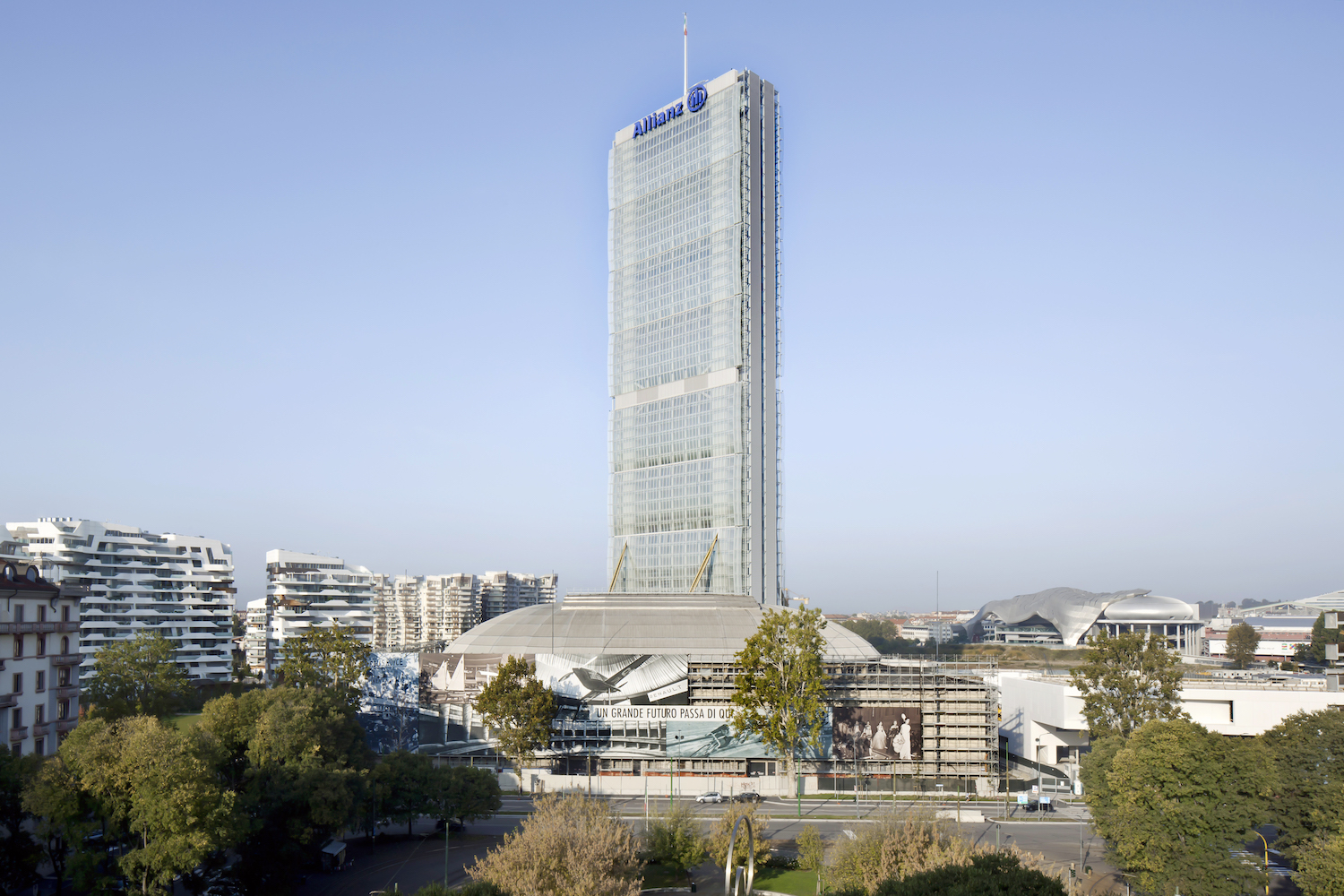 Allianz Tower, photo courtesy of Alessandra Chemollo
Allianz Tower, photo courtesy of Alessandra Chemollo
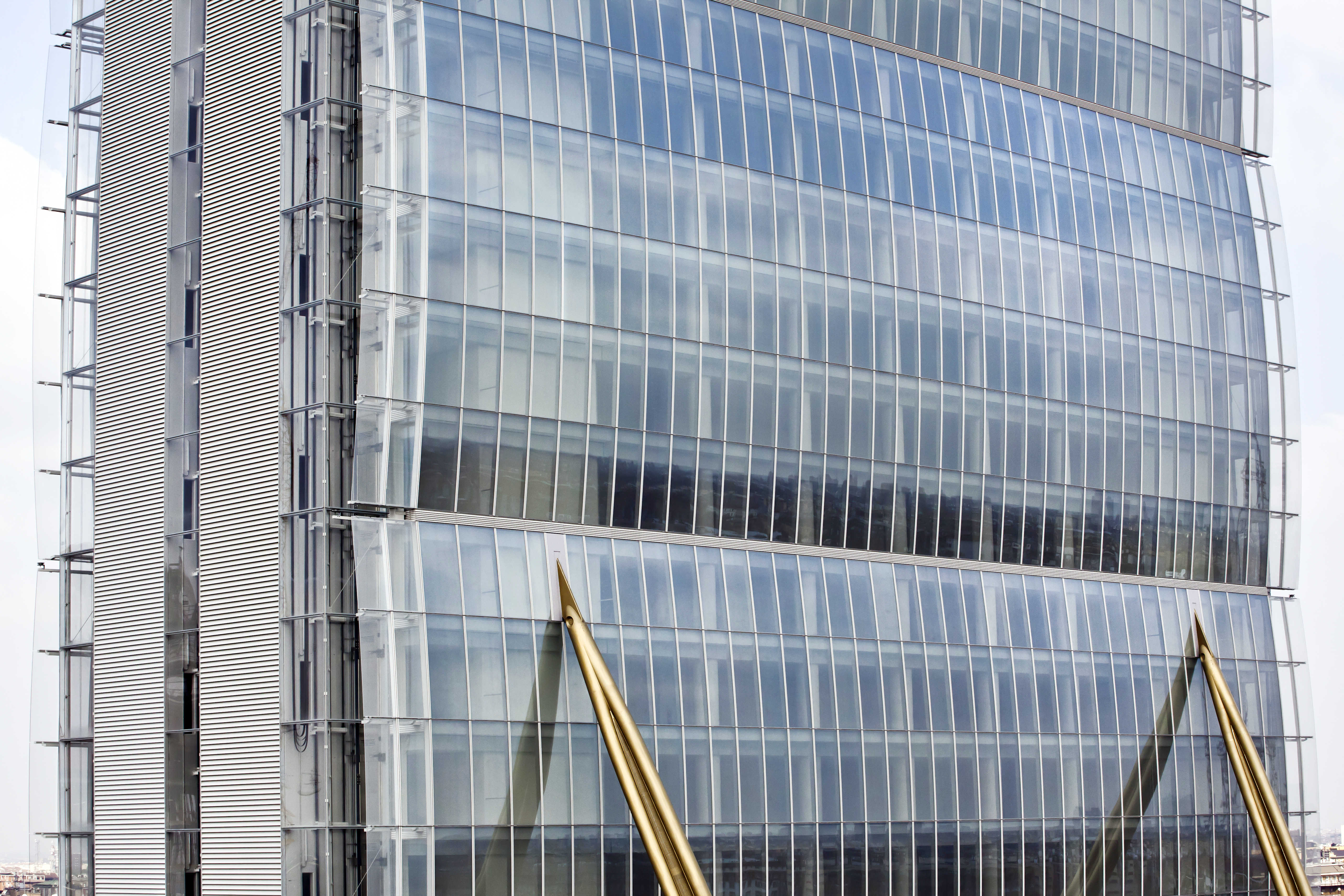 Allianz Tower, photo courtesy of Alessandra Chemollo
Allianz Tower, photo courtesy of Alessandra Chemollo
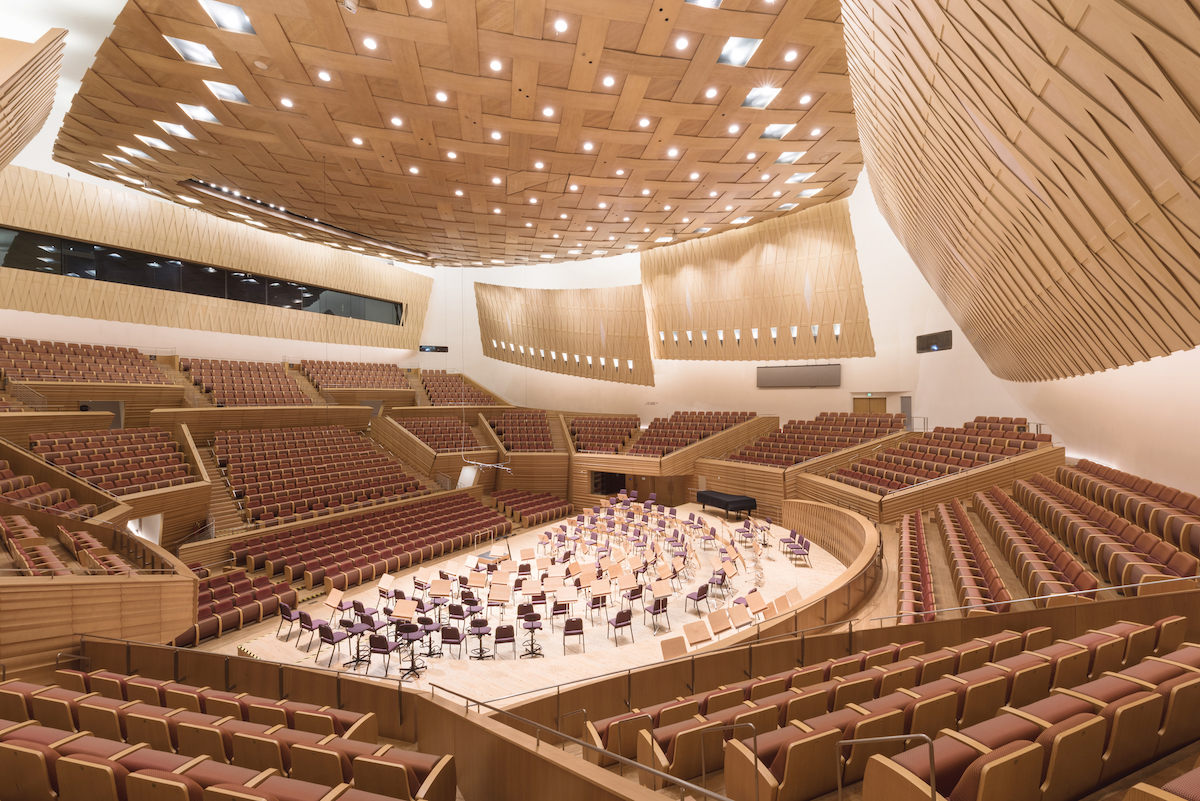 Shanghai Symphony Hall, photo courtesy of Chen Hao
Shanghai Symphony Hall, photo courtesy of Chen Hao
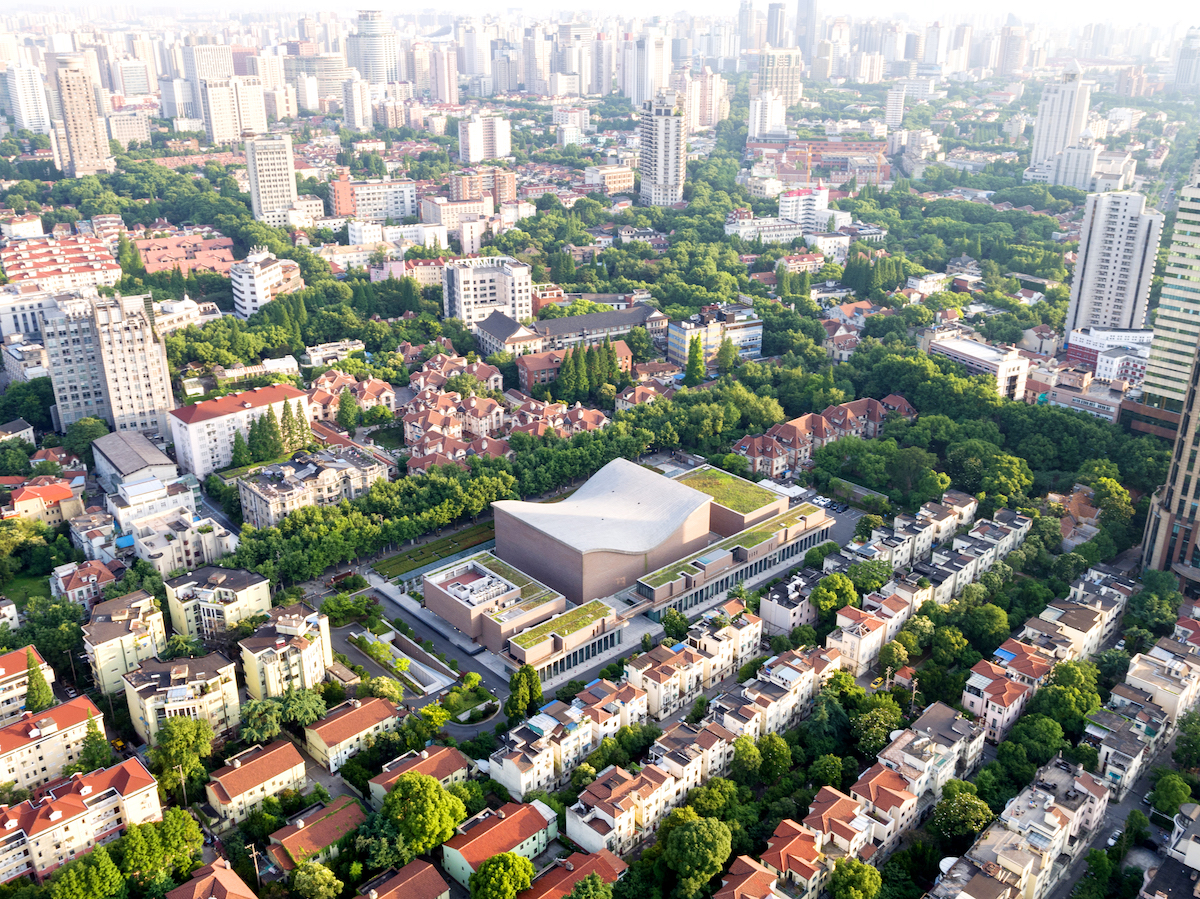 Shanghai Symphony Hall, photo courtesy of Chen Hao
Shanghai Symphony Hall, photo courtesy of Chen Hao
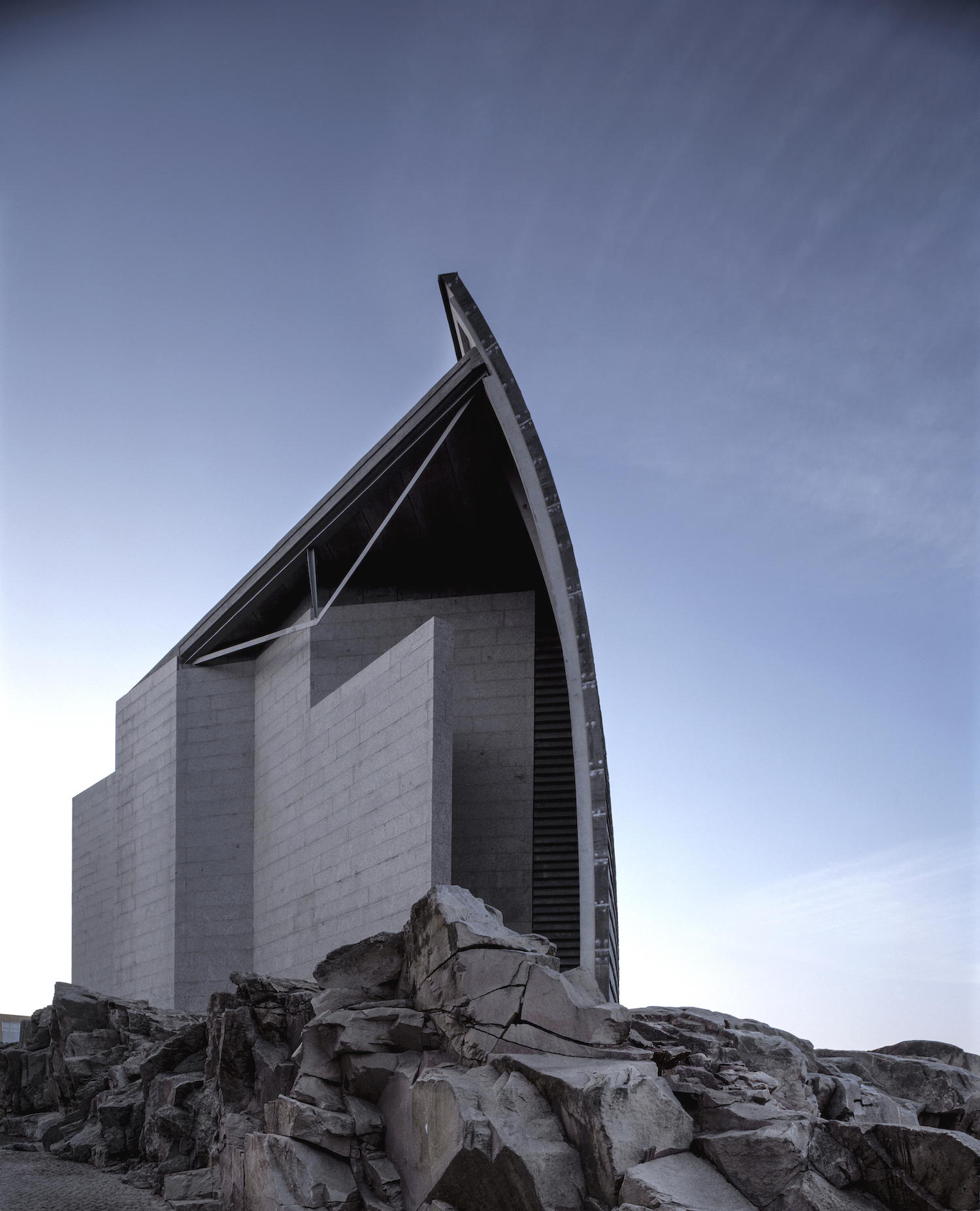 Domus: La Casa del Hombre, photo courtesy of Hisao Suzuki
Domus: La Casa del Hombre, photo courtesy of Hisao Suzuki
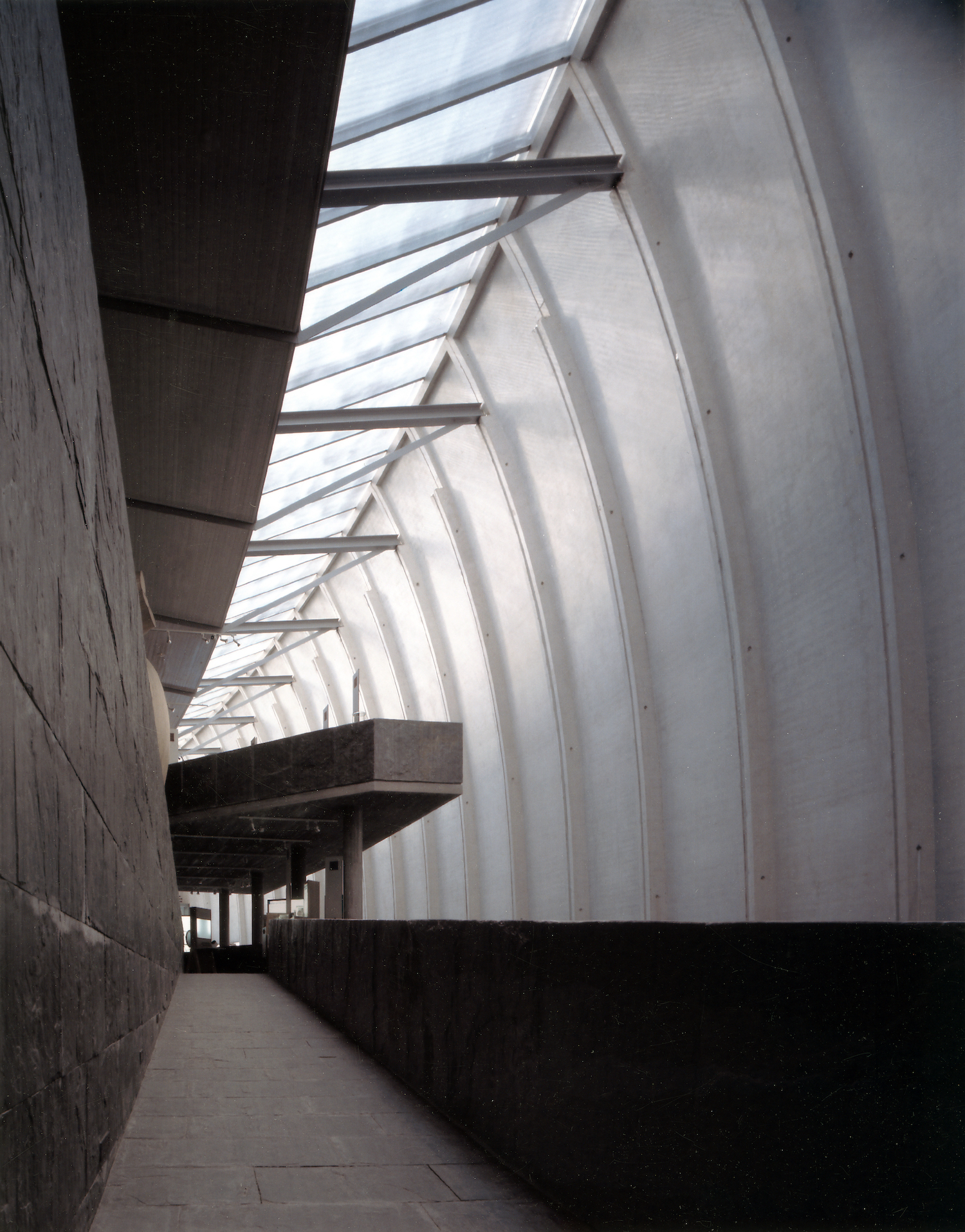 Domus: La Casa del Hombre, photo courtesy of Hisao Suzuki
Domus: La Casa del Hombre, photo courtesy of Hisao Suzuki
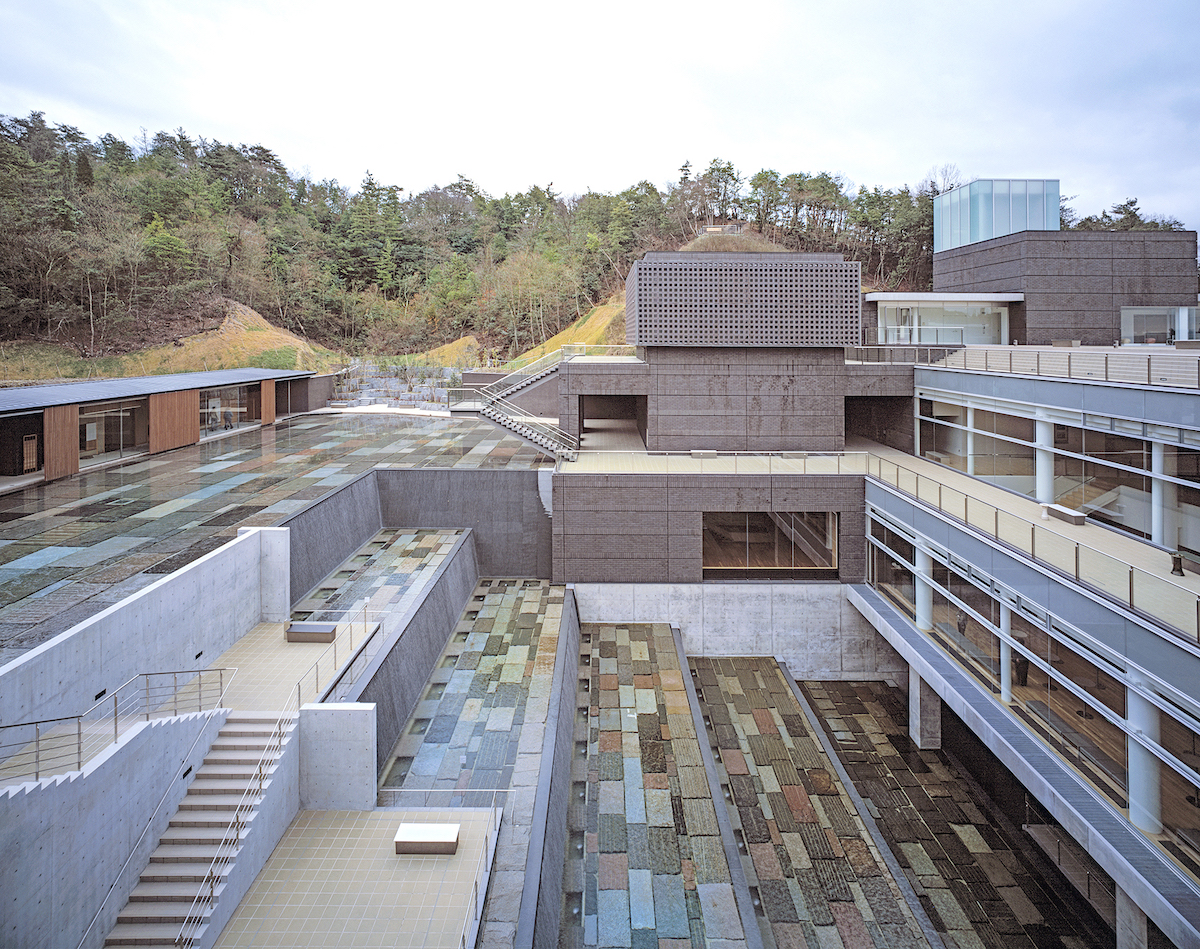 Ceramic Park Mino, photo courtesy of Hisao Suzuki
Ceramic Park Mino, photo courtesy of Hisao Suzuki
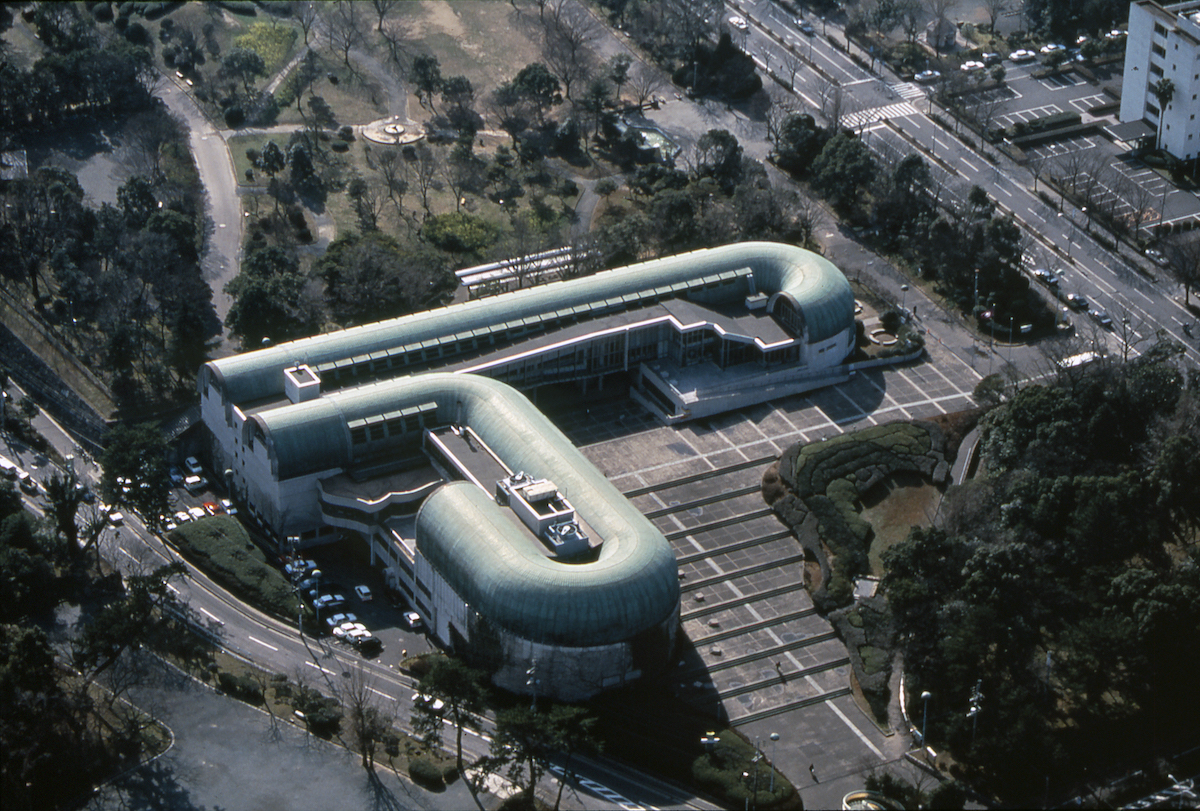 Kitakyushu Central Library, photo courtesy of FUJITSUKA Mitsumasa
Kitakyushu Central Library, photo courtesy of FUJITSUKA Mitsumasa
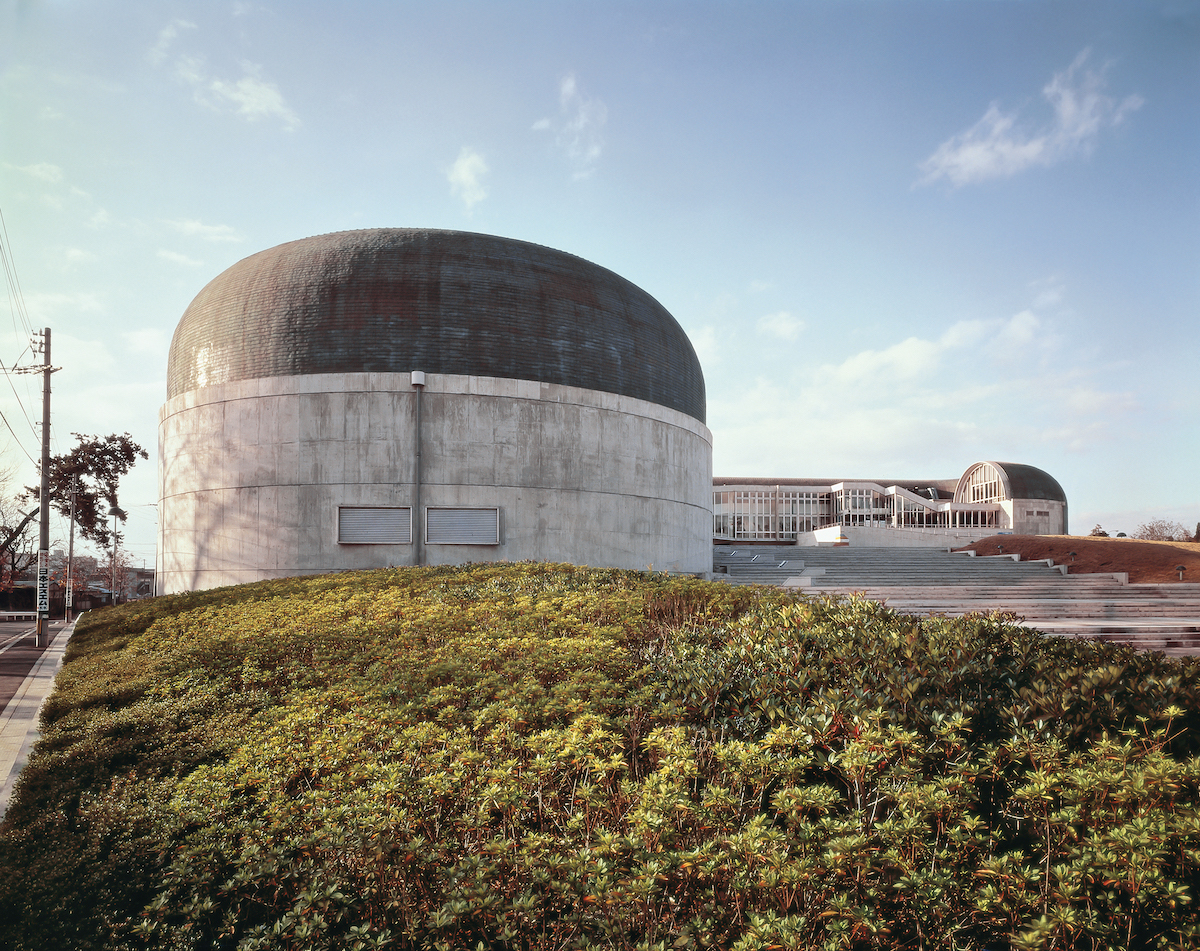 Kitakyushu Central Library, photo courtesy of FUJITSUKA Mitsumasa
Kitakyushu Central Library, photo courtesy of FUJITSUKA Mitsumasa
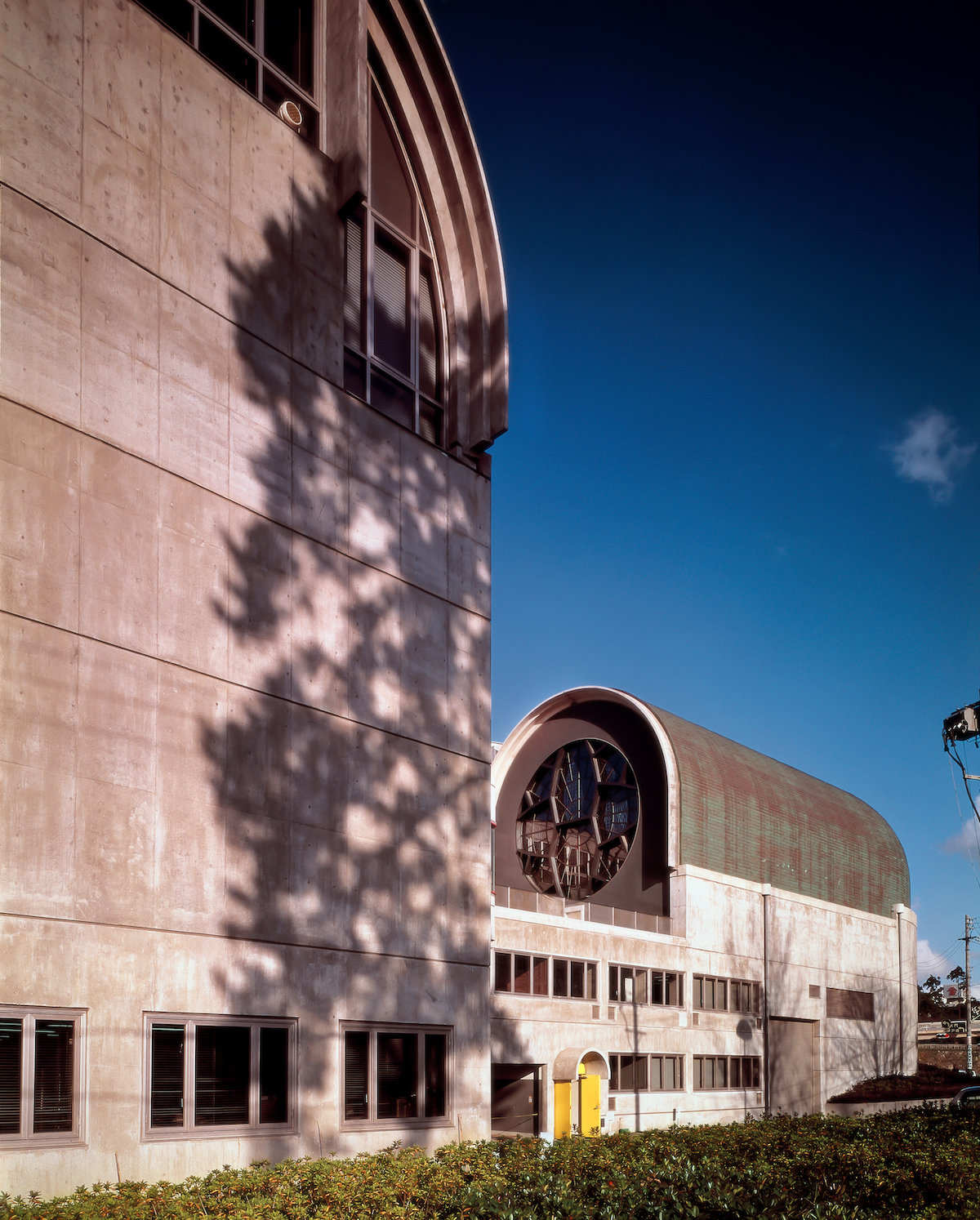 Kitakyushu Central Library, photo courtesy of FUJITSUKA Mitsumasa
Kitakyushu Central Library, photo courtesy of FUJITSUKA Mitsumasa
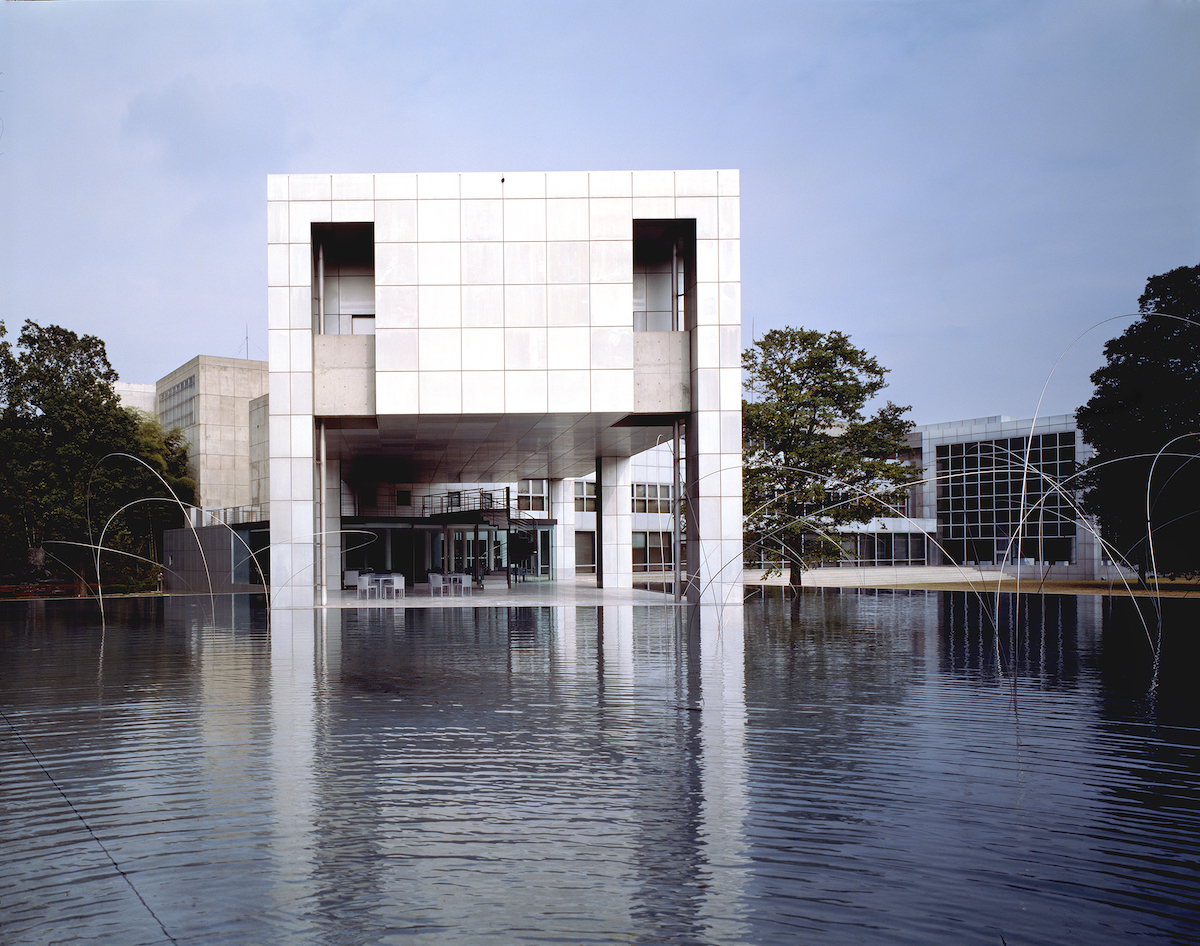 MOMA Gunma, photo courtesy of Yasuhiro Ishimoto
MOMA Gunma, photo courtesy of Yasuhiro Ishimoto
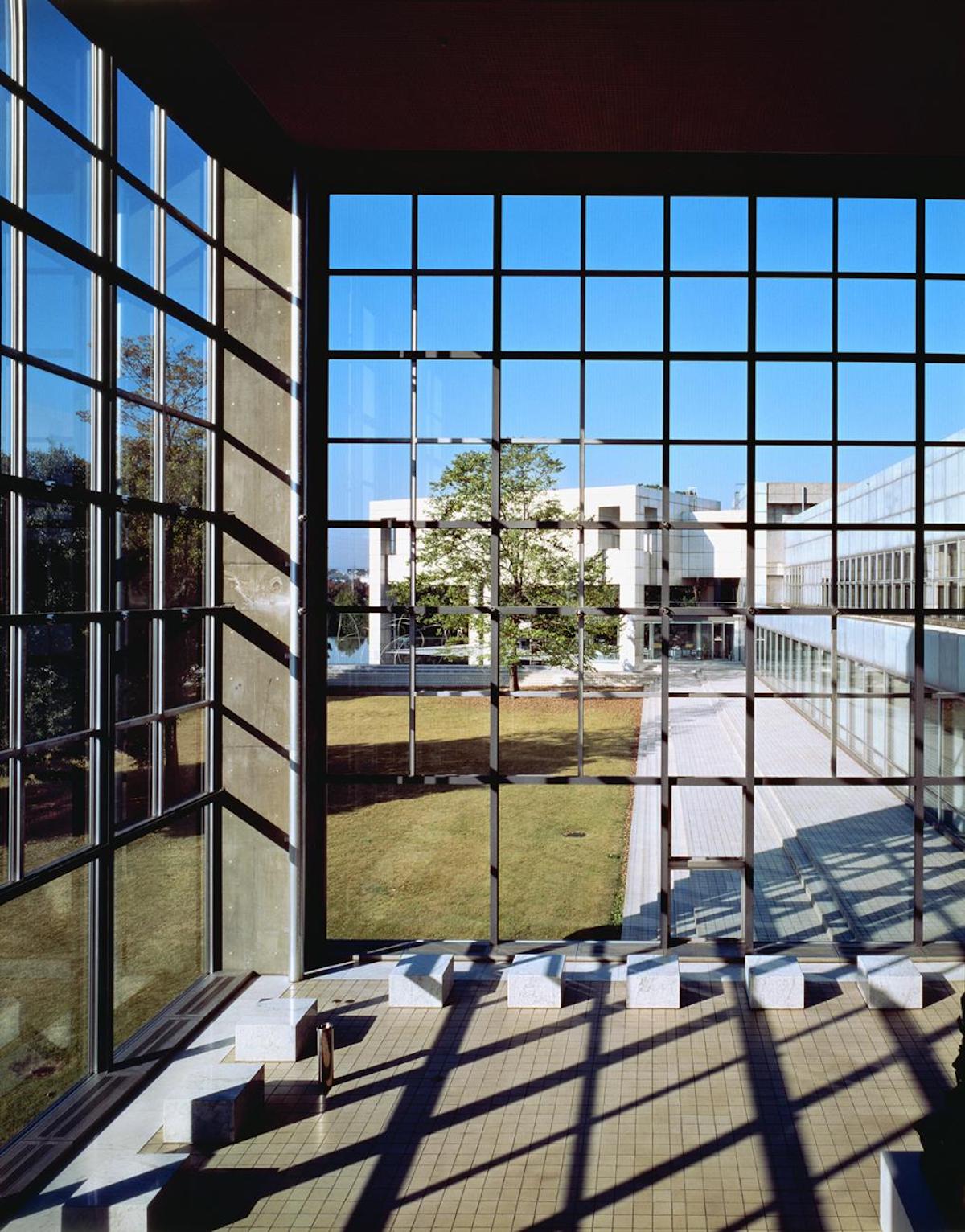 MOMA Gunma, photo courtesy of Yasuhiro Ishimoto
MOMA Gunma, photo courtesy of Yasuhiro Ishimoto
Related Stories
| Aug 11, 2010
Parsons Brinckerhoff, Dewberry among nation's largest multifamily design firms, according to BD+C's Giants 300 report
A ranking of the Top 75 Multifamily Design Firms based on Building Design+Construction's 2009 Giants 300 survey. For more Giants 300 rankings, visit /giants
| Aug 11, 2010
USGBC’s Greenbuild 2009 brings global ideas to local main streets
Save the planet with indigenous knowledge. Make permanent water part of your life. Dive deep water for clues to environmental success. Connect site selection to successful creative concepting. Explore the unknown with Discovery Channel’s best known guide. These are but a few of the big ideas participants can connect to at USGBC’s Greenbuild International Conference and Expo, taking place on November 11-13, 2009 in Phoenix, Ariz.
| Aug 11, 2010
Goettsch Partners wins design competition for Soochow Securities HQ in China
Goettsch Partners (GP) has been selected as the winning firm in the competition to design the Soochow Securities Headquarters, the new office and stock exchange building for Soochow Securities Co. Ltd. The 21-story, 441,300-square-foot project includes 344,400 square feet of office space, an 86,100-square-foot stock exchange, meeting rooms, classrooms, a cafeteria, and underground parking for 400 cars and 800 bicycles.
| Aug 11, 2010
RMJM unveils design details for $1B green development in Turkey
International architecture company RMJM today announced details of the $1 billion Varyap Meridian development it is designing in Istanbul’s new residential and business district, which will be one of the "greenest" projects in Turkey. The luxury 372,000-square-meter development on a site totalling 107,000 square meters will be located in the Atasehir district of Istanbul, which the Turkish government intends to transform into the country’s new financial district and business center.
| Aug 11, 2010
Urban Land Institute honors five 'outstanding' developments in Europe, Middle East, and Africa
Five outstanding developments have been selected as winners of the Urban Land Institute (ULI) 2009 Awards for Excellence: Europe, Middle East, and Africa (EMEA) competition. This year, the competition also included the announcement of two special award winners. The Awards for Excellence competition is widely regarded as the land use industry’s most prestigious recognition program.
| Aug 11, 2010
Design firms slash IT spending in 2009
Over half of architecture, engineering, and environmental consulting firms (55%) are budgeting less for information technology in 2009 than they did in 2008, according to a new report from ZweigWhite. The 2009 Information Technology Survey reports that firms' 2009 IT budgets are a median of 3.3% of net service revenue, down from 3.6% in 2008. Firms planning to decrease spending are expected to do so by a median of 20%.
| Aug 11, 2010
A glimmer of hope amid grim news as construction employment falls in most states, metro areas
The construction employment picture brightened slightly with 18 states adding construction jobs from April to May according to a new analysis of data released today by the Bureau of Labor Statistics (BLS). However, construction employment overall continued to decline, noted Ken Simonson, the chief economist for the Associated General Contractors of America.
| Aug 11, 2010
Thom Mayne unveils 'floating cube' design for the Perot Museum of Nature and Science in Dallas
Calling it a “living educational tool featuring architecture inspired by nature and science,” Pritzker Prize Laureate Thom Mayne and leaders from the Museum of Nature & Science unveiled the schematic designs and building model for the Perot Museum of Nature & Science at Victory Park. Groundbreaking on the approximately $185 million project will be held later this fall, and the Museum is expected to open by early 2013.







